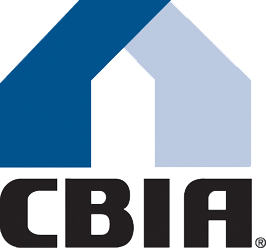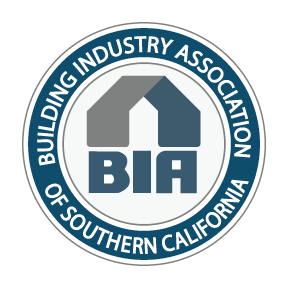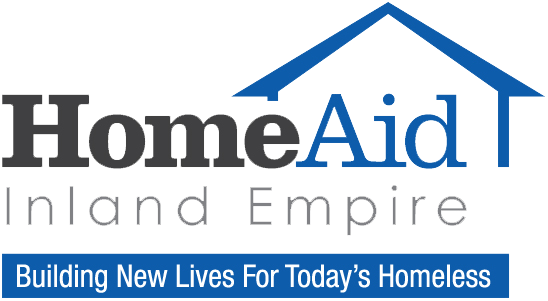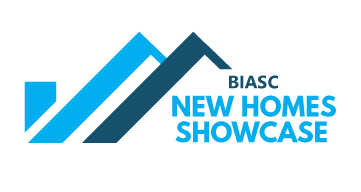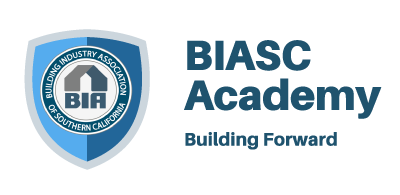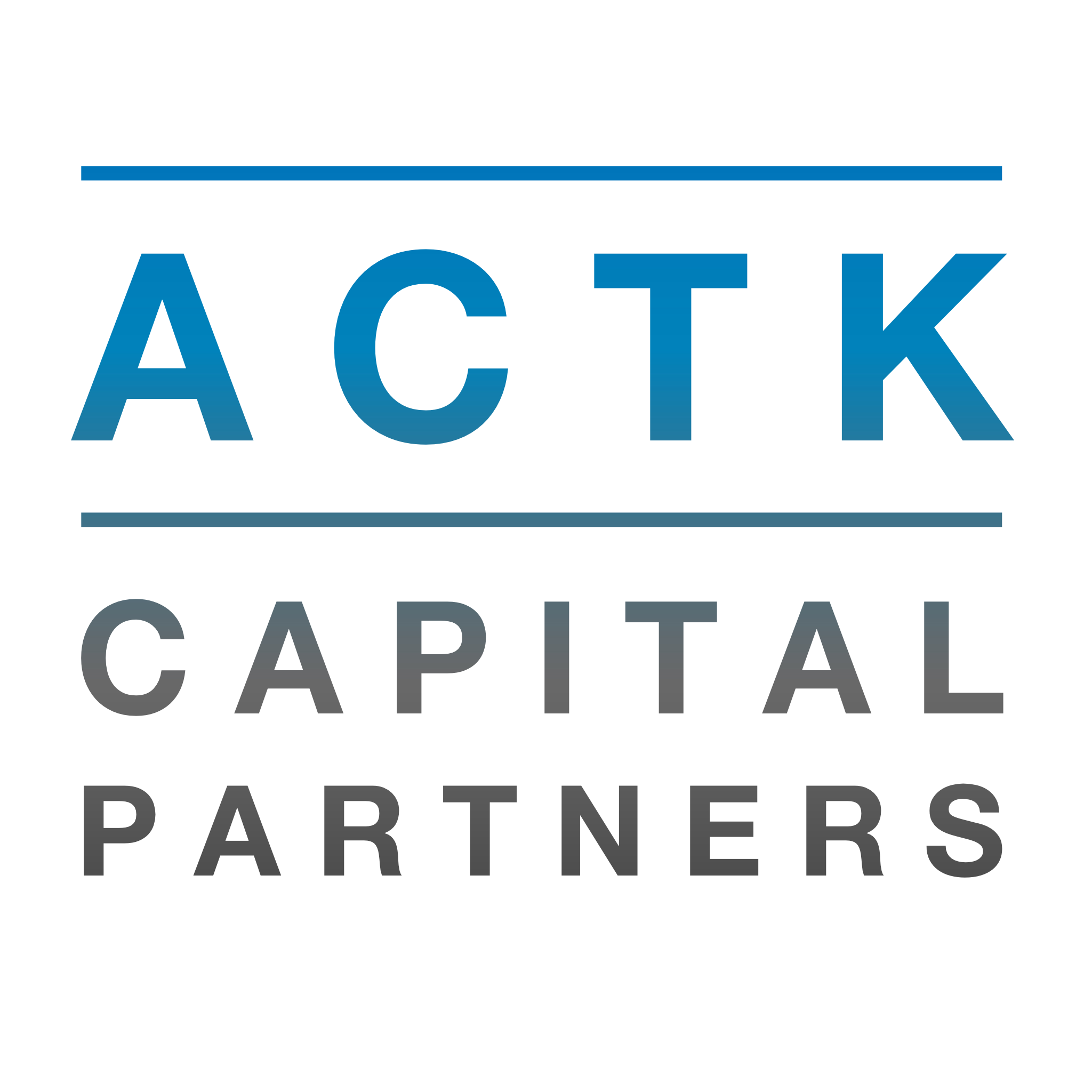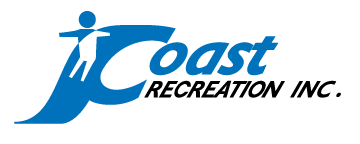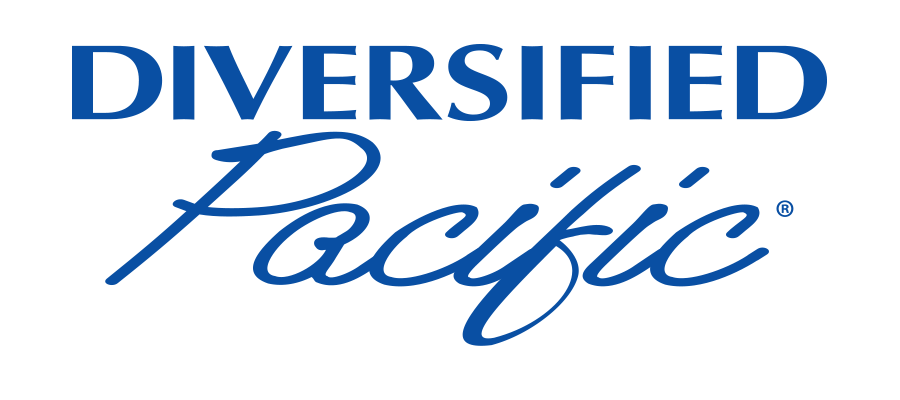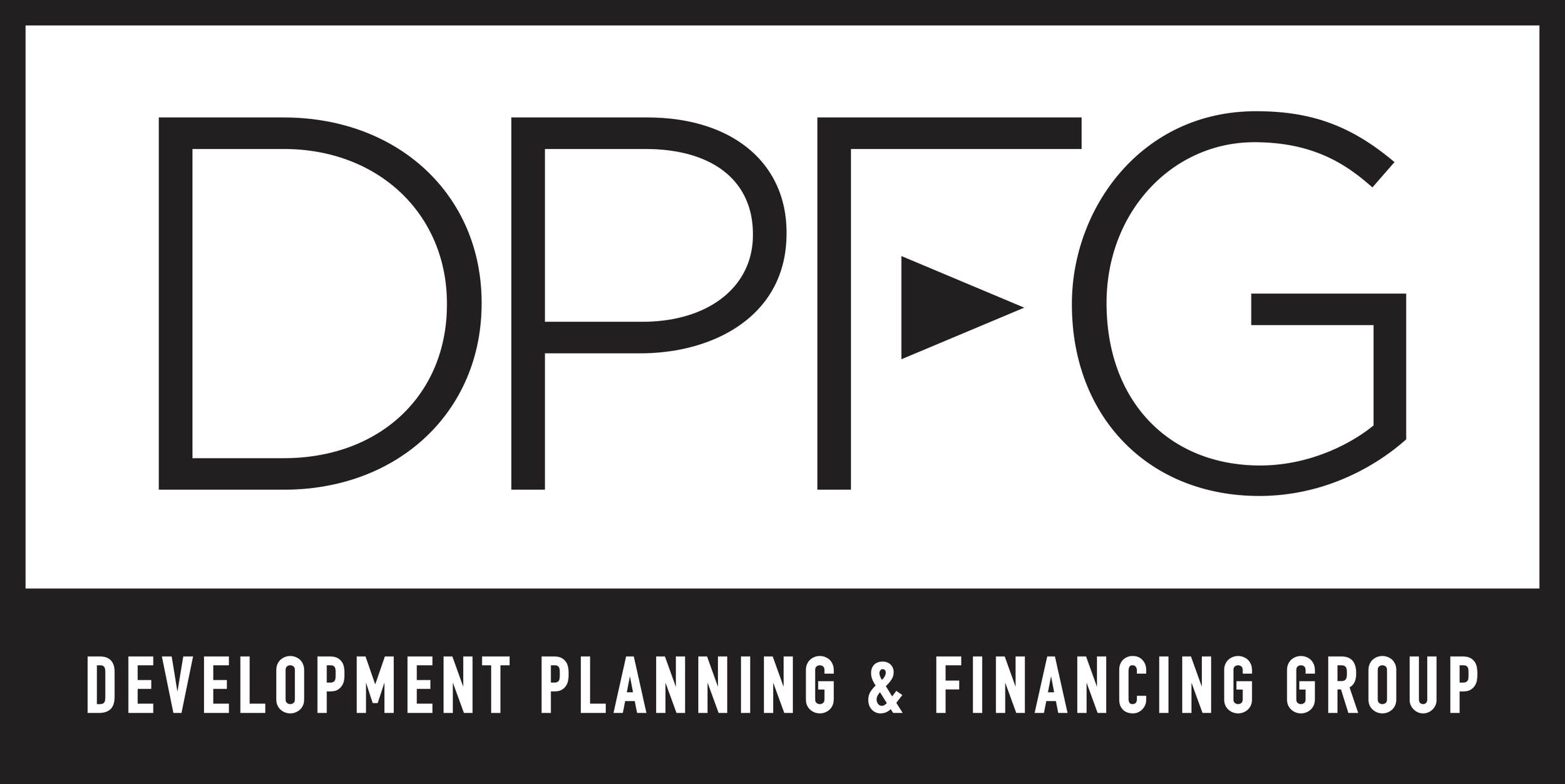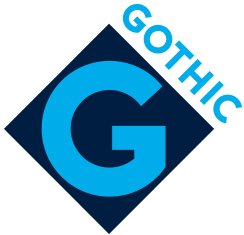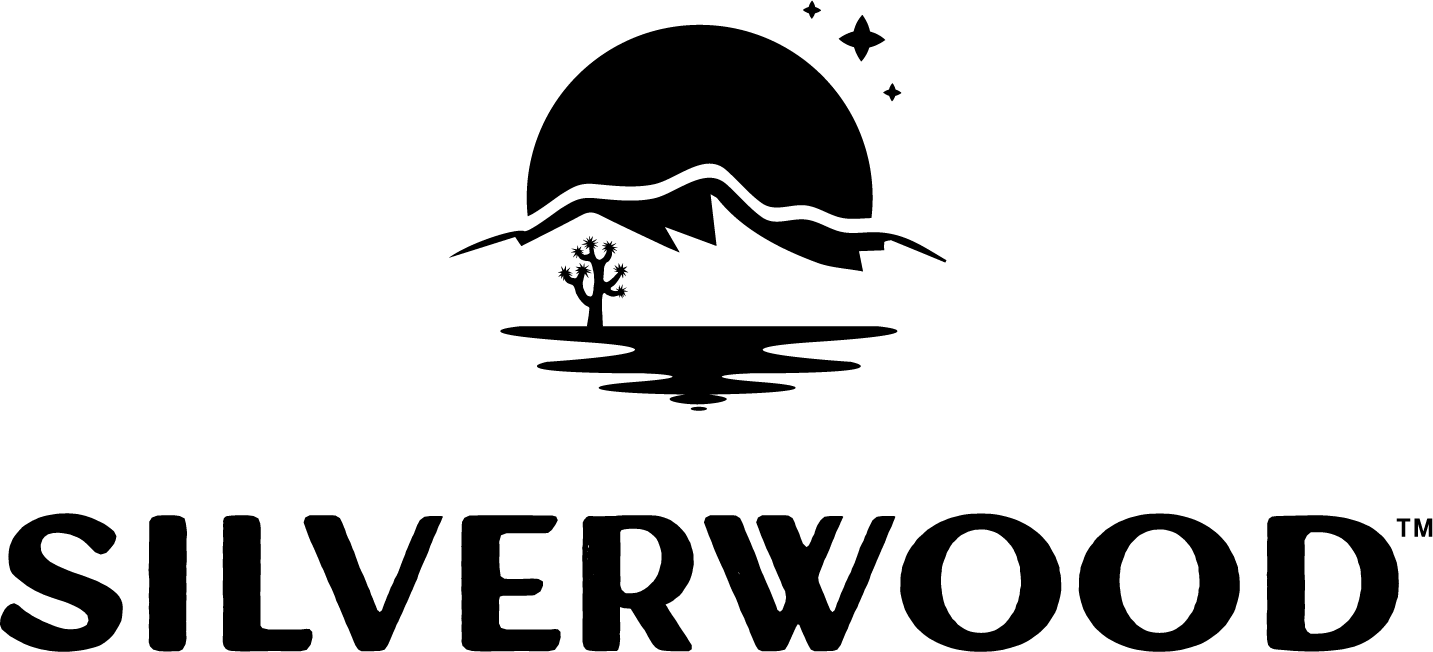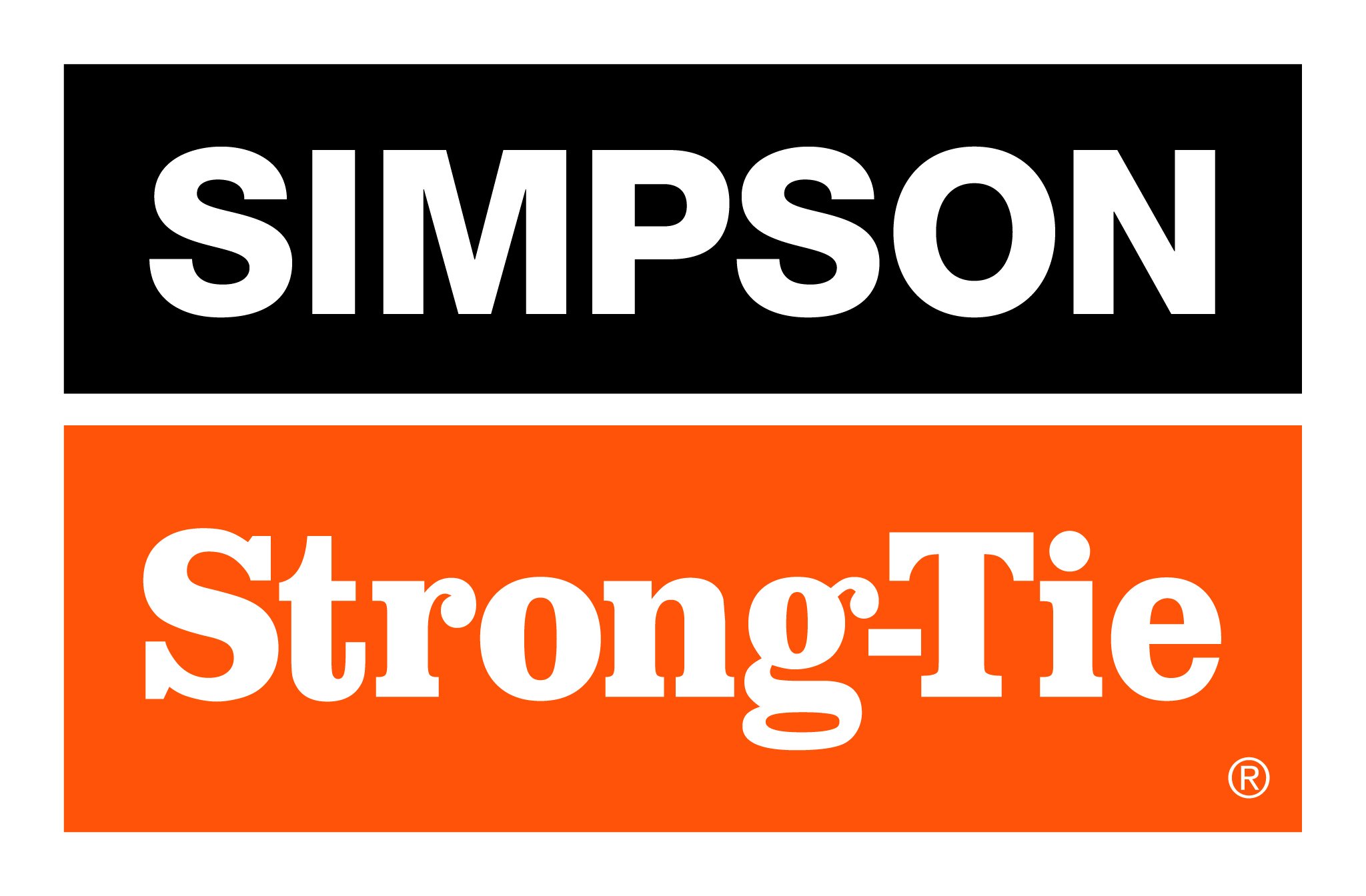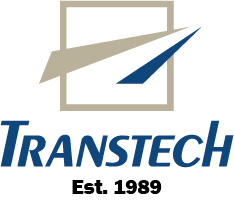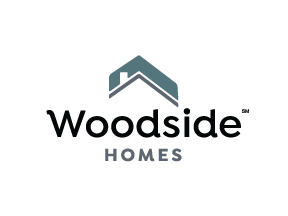by Phillip B. Burum, Executive Vice President, Diversified Pacific,
President, Building Industry Association (BIA) Baldy View Chapter
As the nation celebrates National Homeownership Month in June, new research shows that homeownership is a primary driver of American household wealth. By definition, most of us are not the “one percenters” that we have all heard so much about this past decade. We work for our income and, for most; our work is the investment that we provide to ensure our family is provided for and that our retirement will include food and a roof over our head. Investing in a home of your own, however, can change how and when you retire. For most Americans, their primary residence is their largest asset and provides an important building block for long-term financial security.
The latest edition of the Survey of Consumer Finances, published by the Board of Governors of the Federal Reserve System, reports that the primary residence accounts for about one-quarter of all assets held by households in 2016, ahead of other financial assets, business interests and retirement accounts.
Building equity and accruing wealth when the value of a home appreciates are among the longer-term financial benefits of homeownership. Americans had a record-high $14.4 trillion of equity in their homes in the fourth quarter of 2017 and the national homeownership rate continues to grow. Currently at 64.2 percent, home ownership rates are showing signs of sustained growth.
Homeownership is not only good for individuals and the local community; it is good for the economy. Because of this, the Federal government offers several first-time homebuyer programs and additional grants for other forms of assistance, according to Bankrate.com Contributing Reporter Rachel Hartman. They are:
FHA loan - The FHA is an agency within the U.S. Department of Housing and Urban Development (HUD). In an FHA loan, the Federal Housing Administration insures the mortgage. These loans offer lenders a layer of protection, meaning that lenders won’t experience a loss if the buyer defaults on the mortgage. FHA loans typically come with competitive interest rates, smaller down payments and lower closing costs than conventional loans. (www.hud.gov)
VA loan - The U.S. Department of Veterans Affairs (VA) helps active-duty military members, veterans and surviving spouses buy homes. The VA guarantees part of the loan, making it possible for lenders to offer some special features. VA loans come with competitive interest rates and require no down payment. (www.va.gov)
HUD’s ‘Good Neighbor Next Door’ – Sponsored by the Department of Housing and Urban Development, the Good Neighbor Next Door program provides housing aid for law enforcement officers, firefighters, emergency medical technicians and pre-kindergarten through 12th-grade teachers. This program enables qualified lendees to receive a discount of 50 percent on a home’s listed price in regions known as “revitalization areas”. Lendees must commit to living in the home for at least 36 months. (www.hud.gov)
Fannie Mae or Freddie Mac - are government-sponsored entities that work with local lenders to offer mortgage options that benefit low- and moderate-income families. With their backing, lenders can offer competitive interest rates and accept down payments as low as three percent of the purchase price. (www.fanniemae.com) (www.freddiemac.com)
Energy-efficient mortgage (EEM) - An energy-efficient, or “green,” mortgage is designed to help add improvements to a home to make it more environmentally friendly. The federal government supports EEM loans by insuring them through the FHA or VA programs. It allows homebuyers to create an energy-efficient home without having to make a larger down payment. (www.hud.gov)
USDA loan - the U.S. Department of Agriculture (USDA) offers homebuyer assistance program focusing on homes in certain rural areas. Applicants do not need to buy nor run a farm to be eligible. The USDA guarantees the home loan. There may be no down payment required, and the loan payments are fixed. (www.usda.gov)
Native American Direct Loan – Assists Native American veterans and their spouses buy homes on federal trust lands. The VA serves as the lender. This first-time homebuyer loan also offers low closing costs and a 30-year fixed-rate mortgage. (www.va.gov)
In addition to the various programs provided by the federal government, the state and many cities offer help to first-time homebuyers. Before buying a home, check California’s www.calhfa.ca.gov/homebuyer website and your county’s and community’s websites for information on housing grants and programs available in your area.
The BIA Baldy View Chapter seeks to advance the opportunity to attain the American Dream of home ownership. For more information on the benefits of homeownership or how you can advocate for new home construction, visit www.biabuild.com.
*****



